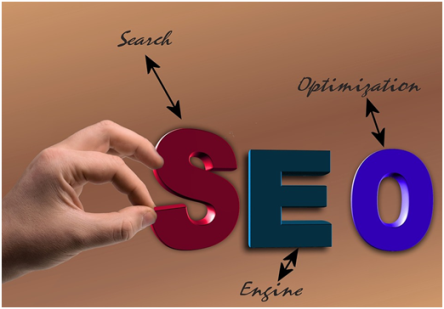Web optimisation has many benefits for small businesses. It can save you money in terms of maintaining your business website. Also, and more importantly, web optimisation can help you with your marketing efforts. In this digital age, it’s extremely important to have your website designed and developed just right. Otherwise, you will lose traffic to your competitors. Web optimisation can certainly help you stay ahead in the game.
There are thousands of ways to optimise your website. Optimisation can be done from server level to social media level. However, small businesses should first and foremost be interested in the most cost-efficient ways to optimise a site. Once your company has exhausted the cheap, but highly effective methods to optimise the site, then you can move onto the more expensive tactics. Here are several simple ways your small business can optimise the official site:
Optimise Content
The content on your site is the text, product descriptions, titles, subheadings, pictures, and videos. Content is by far the most commonly optimised component of business websites. Companies spend a lot of money tailoring content for search engines. Your business too may have already optimised content to improve your site’s rankings. However, optimising your site for search engines is not enough. You might combine that with optimising the conversion rate as well. This can be tricky. Therefore, it won’t hurt to hire a SEO company Brisbane, for example. Search engine optimisation drives traffic to your site. Conversion rate optimisation turns that traffic into customers. Therefore, you need both tactics to make your business turn a digital profit.
Limit Links from Other Sites
It may have made sense once to have hundreds or thousands of sites link back to yours. The more links you have, the better the chances are of people clicking, right? Well, according to Google, no. Backlinks are measured by their quality, not quantity. Small businesses make the mistake of paying little-known blogs with no reputation to create backlinks. Search engines like Google can instantly identify these backlinks as bad. When you have many bad backlinks, your site will appear dubious as well. Therefore, you should limit the number of backlinks. Only have reputable, popular, and credible sites linking back to yours.
Use More Graphics
Internet users are highly visually oriented. Pictures and video grab their attention, not text. Therefore, don’t bother writing long essays on your website to appear more credible. Keep all text on your site to a bare minimum, unless absolutely necessary. Use short sentences and small paragraphs to convey meaning. Instead of relying on text to convey ideas and information, use graphics instead. Have high-quality images on your site to grab attention. Use infographics to explain things in a more appealing manner. Make your site colourful, so users don’t mind staying a bit to browse.
Use the Least Amount of Plugins and Widgets
As tempted as you may be to use plugins and widgets on your site, control yourself. These components are quite data-heavy. Meaning, plugins and widgets will easily slow your site’s loading time. Therefore, remove these entirely, or keep only the absolutely necessary ones. You must make your site load as fast as possible to retain users.
The tips mentioned do not require technical expertise to execute. Anyone who knows the basics of using a computer can employ the above methods. And, by all means, use the suggestions above to optimise your site and boost your online sales.
